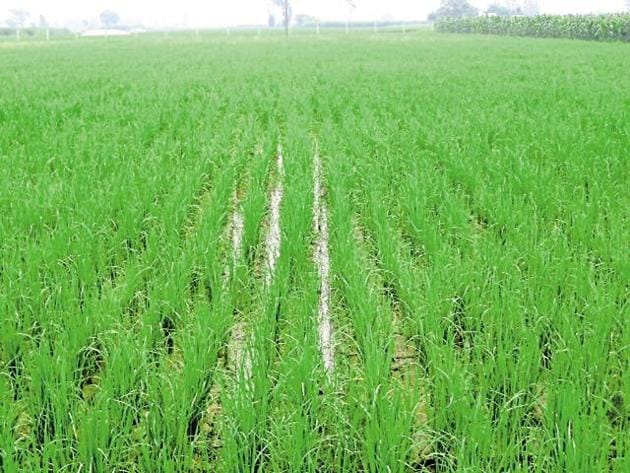ISRO develops software to study global cropping patterns
ISRO’s SCATSAT-1 not only provides information helpful to predict cyclones but also for capturing crop growth patterns and forest cover.
Knowing if Bangladesh has a bumper rice crop may not seem as pressing a concern as predicting cyclones, but it is important, and ISRO knows it. The agency’s SCATSAT-1 satellite scans the earth every 2-3 days with a 2-km resolution and one of the data products set to be launched in the next month will capture global crop growth patterns.

“It measures wind velocity and direction and also land surface features a very high resolution,” Tapan Misra, director at ISRO’s Space Applications Centre in Ahmedabad, said. The SCATSAT-1 is the successor to the Oceansat-2, and was launched on September 26 last year.
This kind of information is extremely helpful for planning; if Bangladesh has a bumper rice crop it can threaten the lives of rice farmers in neighbouring West Bengal, by driving down prices and promoting dumping of rice across the border illegally. The data will inform import-export policy and allow the government to plan for not only droughts but actual crop failures.
ISRO is still validating the crop growth pattern data but hopes to release a data product in a month. Data from the SCATSAT-1 is critical for tracking the genesis and path of cyclones and was first used to track Cyclone Vardah that struck Tamil Nadu in December 2016. It hosts a scatterometer, which is a microwave radar sensor that measures how much of the signal comes back after hitting the target.
This year the moisture formation data has helped to capture the intensity of flooding across the country. The satellite is able to capture data and stitches together the images generated from it to produce a view of the whole globe. The other project in the pipeline is mapping forest cover.
Since the satellite generates global data it is also being used by NASA and the European Space Agency.





